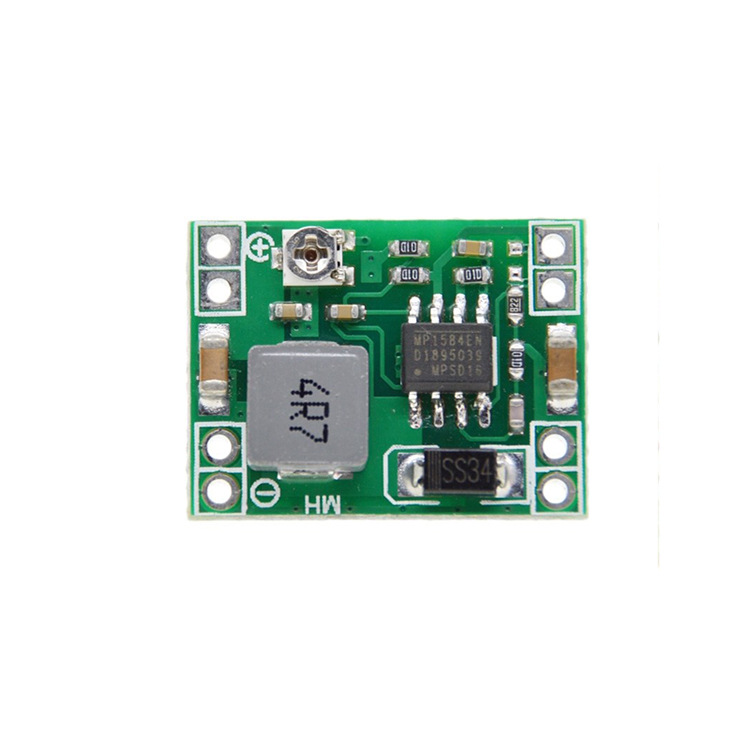| Input voltage | 4.5V ~ 28V |
| Output voltage | 0.8V to 20V |
| Output current | 3A (max) |
| Conversion efficiency | 96% (the highest) |
| Output ripple | <30mV |
| Switching frequency | 1.5MHz (highest), typical 1MHz |
| Operating Temperature | -45 to +85 |
| Size | 22mm * 17mm * 4mm (L * W * H) |



As of my last knowledge update in January 2022, there isn’t a widely known or specific product called a “Buck Power Module.” However, I can provide information on what the terms “Buck” and “Power Module” typically refer to in the context of electronics and power systems.
- Buck Converter:
- A “Buck” converter, also known as a step-down converter, is an electronic circuit that reduces the voltage from a higher level to a lower level. It’s commonly used in power supplies to efficiently step down voltage levels.
- Power Module:
- A “Power Module” generally refers to a compact, integrated device that includes multiple components required for power conversion or regulation. This can include a combination of semiconductor devices, capacitors, and other components in a single package.
If someone is referring to a “Buck Power Module,” they might be talking about a power module that specifically incorporates a buck converter or step-down functionality. These modules are often used in various electronic applications, including power supplies, voltage regulators, and battery-powered devices.
When dealing with electronics and power modules, it’s essential to consider specifications such as input voltage range, output voltage, current capacity, efficiency, and other relevant parameters. These details would depend on the specific application and requirements.
If there have been developments or new products introduced after January 2022, it’s recommended to check the latest sources or contact manufacturers for the most up-to-date information on a “Buck Power Module.”

























Reviews
Clear filtersThere are no reviews yet.